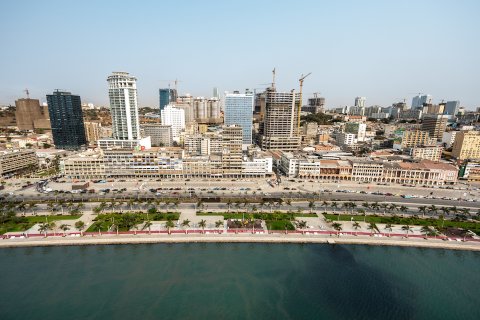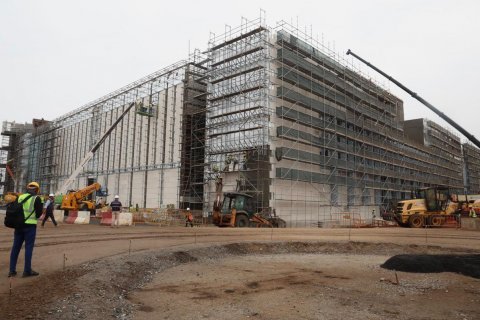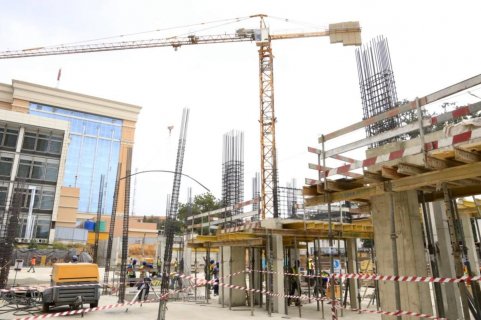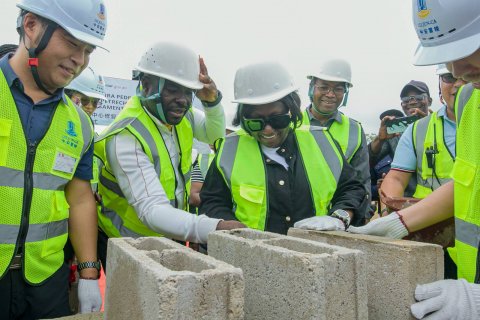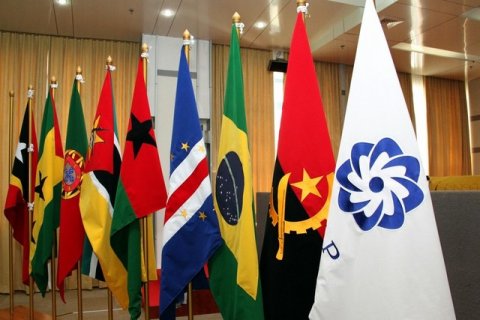According to a statement from the Provincial Government of Malanje, to which VerAngola had access, the Institute for Tourist Promotion of Angola (INFOTUR) was responsible for presenting the "route letter which was subsequently delivered to the Provincial Government of Malanje".
On the occasion, Franco Mufinda, deputy governor for the Political, Social and Economic Sector, took the opportunity to thank the "commitment of everyone who contributed to the preparation of the document".
Quoted in the statement, the vice-governor also left an appeal to investors, and others, to visit the province of Malanje to get to know "its tourist potential up close".
Although he highlighted the range of potential that Malanje has, he considered that it is still necessary to overcome some challenges related to improving accessibility and recovery of the local hotel network. Quoted by Angop, he also said that the province currently has a collection of 69 controlled tourist sites, and work is underway to build the memorial to the sovereign of the kingdom of Ndongo.
According to the statement, at the end of the ceremony "contacts with the Malanje delegation multiplied", with several businessmen in the sector showing themselves "ready to explore what is good in the land of the sovereigns of Ndongo and Matamba".
But, after all, what does this tourist route consist of? The document comprises global information about the province, as well as the main tourist resources and a labeled map.
According to Angop, this route has 23 points listed, ranging from natural, cultural, religious and architectural, with easy access. Among the tourist sites, we highlight, for example, the Calandula Falls (located in Calandula, approximately 90 kilometers from the city of Malanje), the Pedras Negras de Pungo A Ndongo (located in the municipality of Cacuso, approximately 114 kilometers from Malanje), the Cangandala National Park (in Cangandala, about 60 kilometers from Malanje), the Kinjila Village, the Catholic missions of São Miguel Arcanjo, the evangelical mission of Quéssua, the Falls of Musseleji and those of Bem Casados, the Island of Ngola Kiluanje, the Footprints of Queen Njinga Mbandi, her bust and also her tomb, etc.
At the presentation ceremony, Rossini Almada, head of the Studies, Projects and Investment Support department at INFOTUR, explained that the routes are developed, considering the specific aspects of the sites, their history, gastronomy, culture, as well as the geographical characteristics that promote local development.
According to the person responsible, cited by Angop, these are routes defined by several components that give them identity, for the purposes of planning, promoting and marketing tourism in the localities.
In addition to the Malanje route, tourist routes to Mbanza Kongo (Zaire), Luanda/Cabo Ledo, as well as the capital's cultural routes, namely the Luanda Museums and Luanda Through the Centuries, said the person in charge, which also made it known that the Ministry of Tourism has started preparing itineraries in an integrated manner in eight provinces (Luanda, Malanje, Benguela, Cuanza Norte, Namibe, Huíla, Cuando Cubango and Zaire).
In creating the Malanje route, the Ministry of Tourism, the National Institute of Spatial Planning, as well as municipal administrations and the government of Malanje were involved.
It should be noted that this edition of BITUR has the motto "Tourism as a determining factor for the diversification of the economy in Angola" and will run until Saturday in Huíla.



